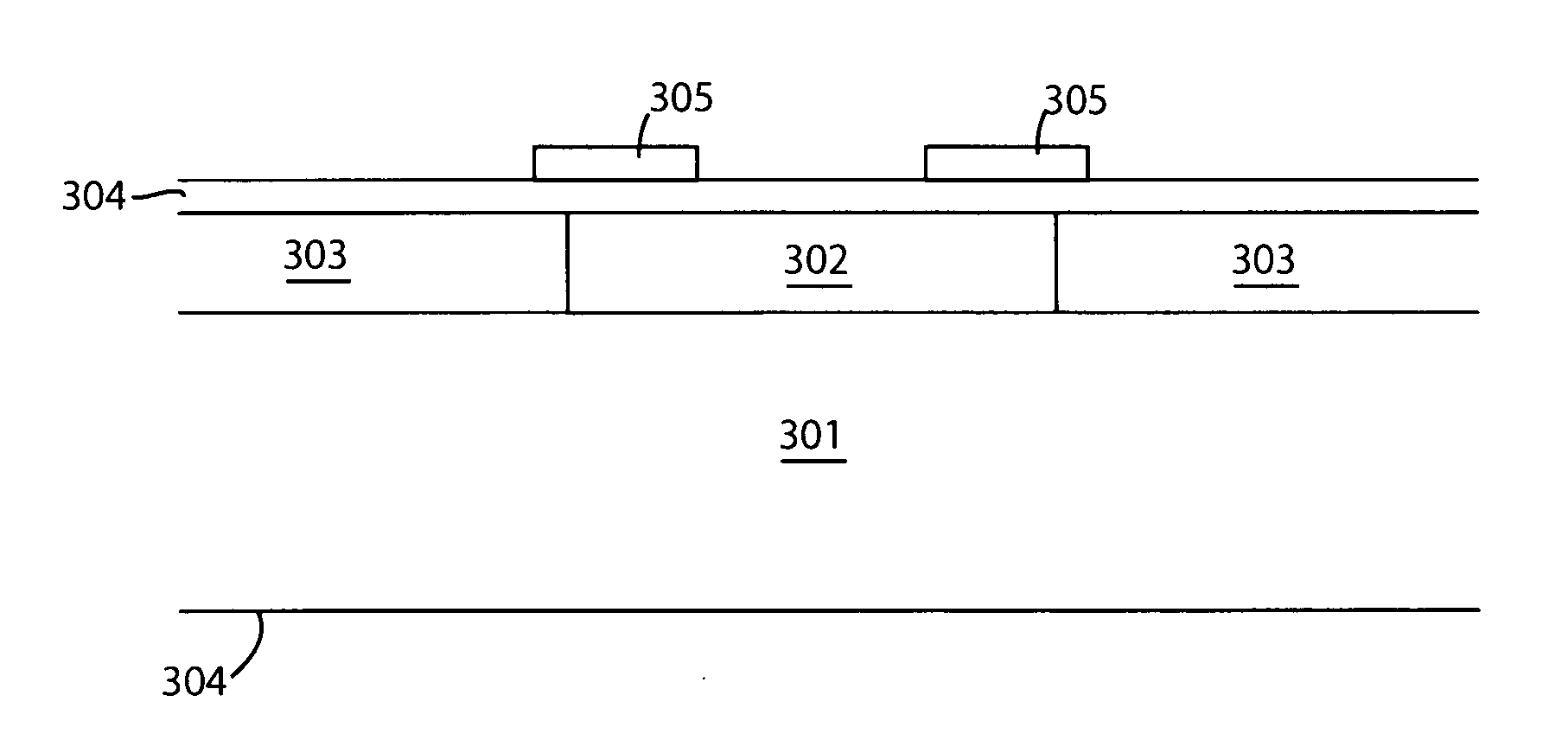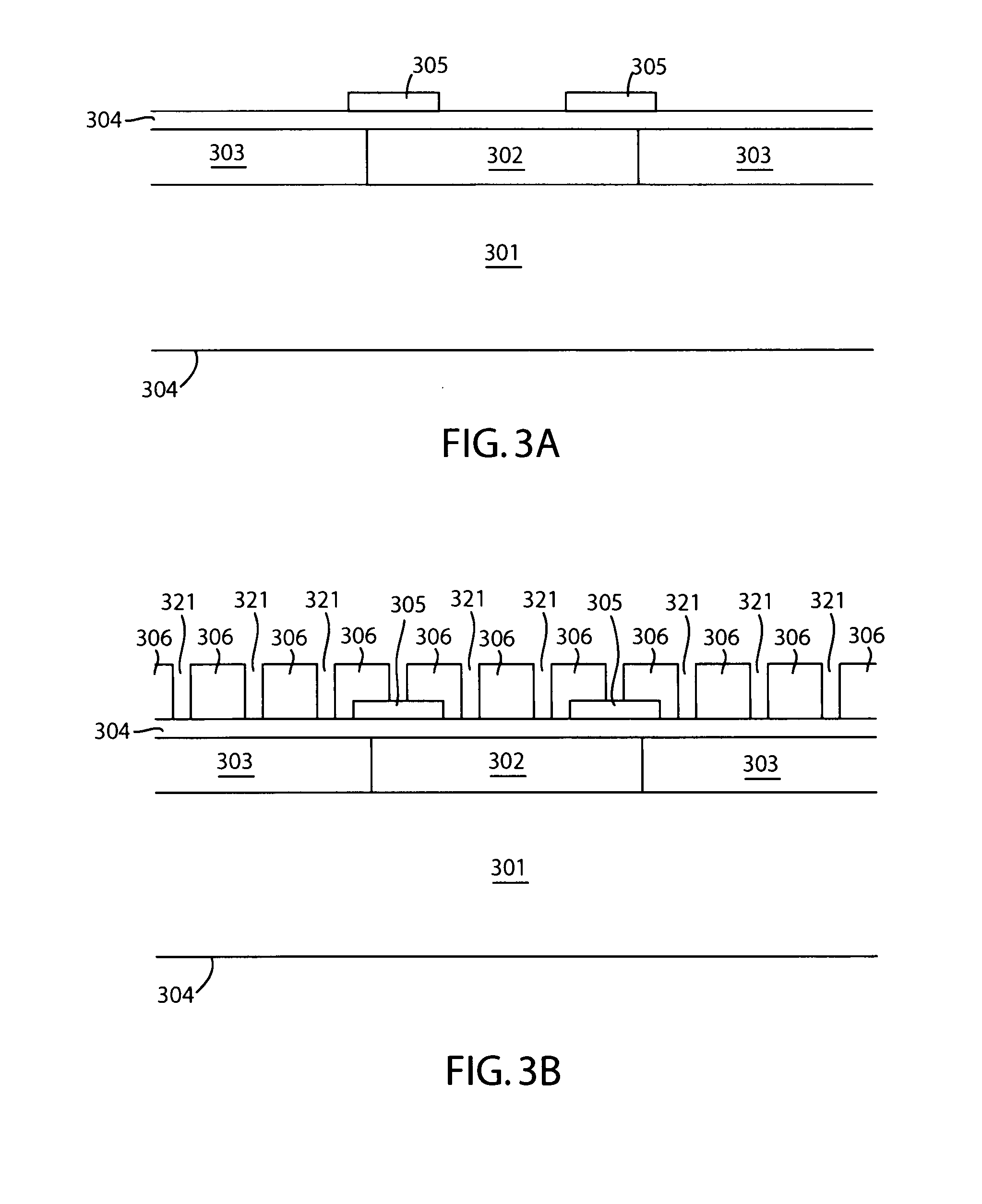Array of small contacts for solar cell fabrication
a solar cell and contact technology, applied in the field of solar cells, can solve the problems of limiting the processing parameters of other steps in the back end process, contact masks typically require critical alignment,
- Summary
- Abstract
- Description
- Claims
- Application Information
AI Technical Summary
Benefits of technology
Problems solved by technology
Method used
Image
Examples
Embodiment Construction
[0014]In the present disclosure, numerous specific details are provided, such as examples of apparatus, structures, and methods, to provide a thorough understanding of embodiments of the invention. Persons of ordinary skill in the art will recognize, however, that the invention can be practiced without one or more of the specific details. In other instances, well-known details are not shown or described to avoid obscuring aspects of the invention.
[0015]FIG. 1 schematically shows an example inkjet printer that may be used in embodiments of the present invention. In the example of FIG. 1, the inkjet printer includes a printhead 110 and a plurality of nozzles 112. The nozzles 112 may be arranged in rows and columns to form an array. The use of inkjet printers in semiconductor processing, in general, is well known. Briefly, material is flowed through the nozzles 112 and onto a wafer 114. One or more passes of the printhead 110 over the wafer 114 results in a pattern being printed on the...
PUM
 Login to View More
Login to View More Abstract
Description
Claims
Application Information
 Login to View More
Login to View More - R&D
- Intellectual Property
- Life Sciences
- Materials
- Tech Scout
- Unparalleled Data Quality
- Higher Quality Content
- 60% Fewer Hallucinations
Browse by: Latest US Patents, China's latest patents, Technical Efficacy Thesaurus, Application Domain, Technology Topic, Popular Technical Reports.
© 2025 PatSnap. All rights reserved.Legal|Privacy policy|Modern Slavery Act Transparency Statement|Sitemap|About US| Contact US: help@patsnap.com



